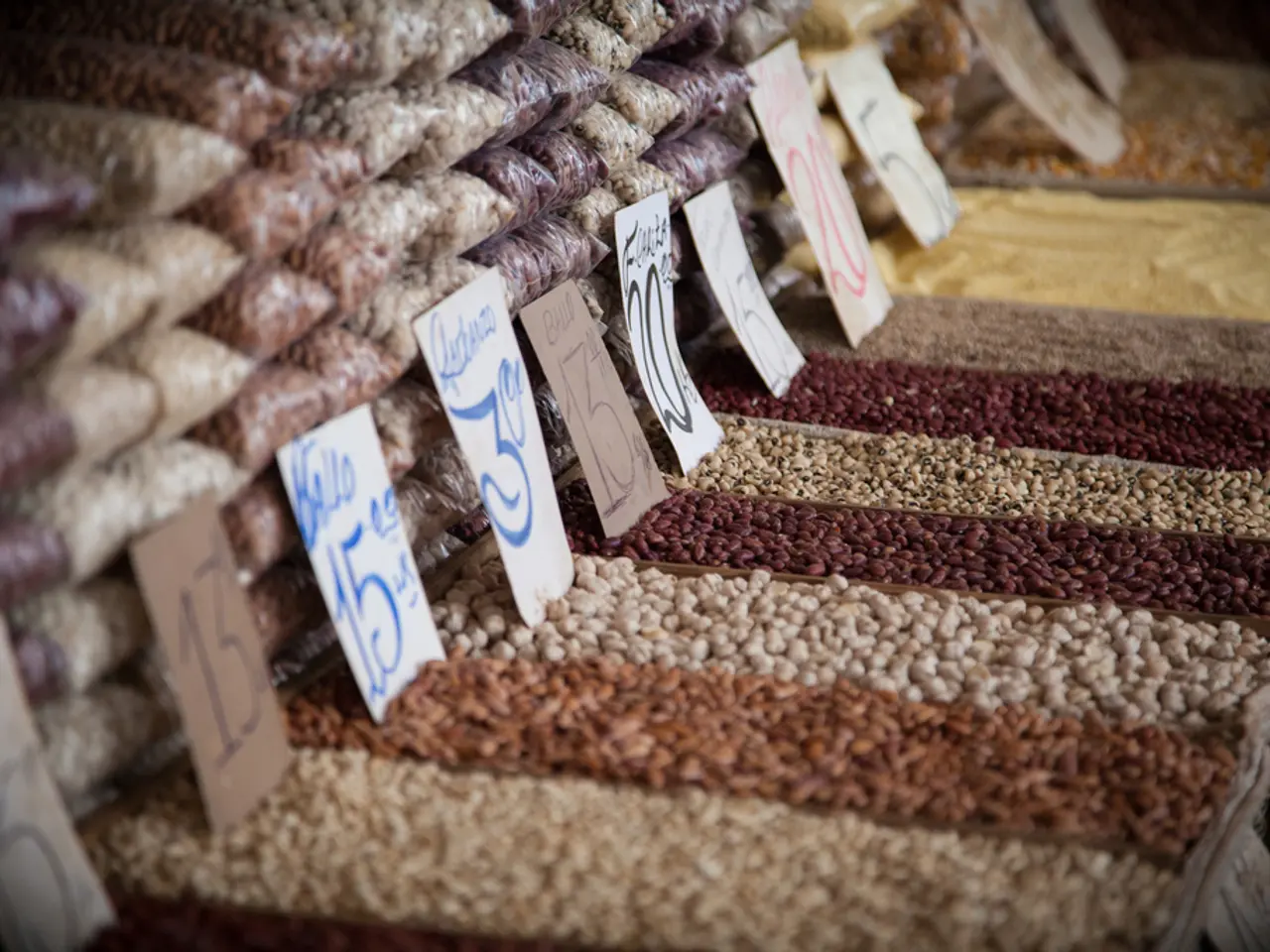Achieving a Dry and Healthy Compost Heap: Techniques for a Damp Compost Solution
=====================================================
As the spring gardening season approaches, many gardeners find themselves faced with a common challenge: restoring their over-wintered compost from a soggy, dense mess. Fear not, for simple measures can help transform your compost into a crumbly, dark, earthy substance ready for healthy spring planting.
In this article, we'll explore various composters and some practical tips to revitalise your compost for the upcoming gardening season.
Composters for Spring Gardening
Several composters are suitable for spring gardening, each with its unique features.
- The Ceramic Compost Keeper: A stylish and functional choice for gardeners who prefer a more traditional look.
- The EZ Compost Wizard Jr.: A 7 Cubic Foot Compost Tumbler, perfect for smaller gardens or those with limited space.
- The Jora JK270 Composter: With a capacity of 9.5 Cubic Feet, it's an excellent choice for medium-sized gardens.
- The Aeroplus 3-Stage Compost Bin: With a capacity of 21 Cubic Feet, it's an ideal option for larger gardens.
- The Worm Factory 360 Composter: A continuous flow worm composter that's perfect for those who prefer worm composting.
- The Aerobin 200 Insulated Composter: With a capacity of 7 Cubic Feet (55 Gallons), it's a compact and efficient choice for those seeking insulation to speed up the composting process.
- The Green Cone Solar Waste Digester: A unique solution for those who want to harness solar power to speed up the composting process.
Restoring Dense Compost
To restore soggy and dense compost, focus on improving its texture, aeration, and drainage. Here's how:
- Mix your dense compost with dry, coarse materials such as shredded leaves, straw, or woodchips to absorb excess moisture and improve aeration and structure.
- Aerate the compost regularly using a garden fork to introduce oxygen and encourage microbial activity.
- If the compost is excessively wet, spread it out in a thin layer to dry before mixing it into soil or using as mulch, turning occasionally to speed drying.
- When applying compost in the garden, blend it with existing soil rather than using it alone. Aim for mixing compost into the top 6 to 9 inches of soil to improve drainage, nutrient content, and texture.
- After mixing compost into the soil or garden beds, water lightly and allow time (2 to 4 weeks) for integration, which improves soil structure and root growth conditions.
- Optionally, aerate your soil first (e.g., by spading or using a garden fork) before adding compost to help the compost move down and integrate better, promoting regained soil structure and fertility.
Coconut Coir: A Helping Hand
Coconut Coir, a by-product of coconut processing, can also be used to help improve the texture and drainage of your compost. It's a great addition to your compost pile, as it absorbs excess moisture and provides excellent drainage.
Over-Wintered Compost Challenges
One common issue with over-wintered compost is difficulty in spreading evenly in garden beds. To address this, consider using a garden rake to help distribute the compost evenly across your garden.
Wrapping Up
By following these tips and using suitable composters, you'll be well on your way to restoring your compost for the spring gardening season. Happy composting!
Written by Greg Seaman on March 22, 2020.
By embracing a sustainable lifestyle, we can extend the benefits of our composting efforts to our home-and-garden. A survey of lifestyle choices reveals that integrating sustainable living practices can lead to a healthier and more eco-friendly home-and-garden.
Incorporating a home-grown composting system allows for the creation of a sustainable living environment, as composted organic materials contribute to the enrichment of soil and promote plant growth. This not only encourages a green and lush lifestyle but also reduces waste and dependence on chemical fertilizers.




